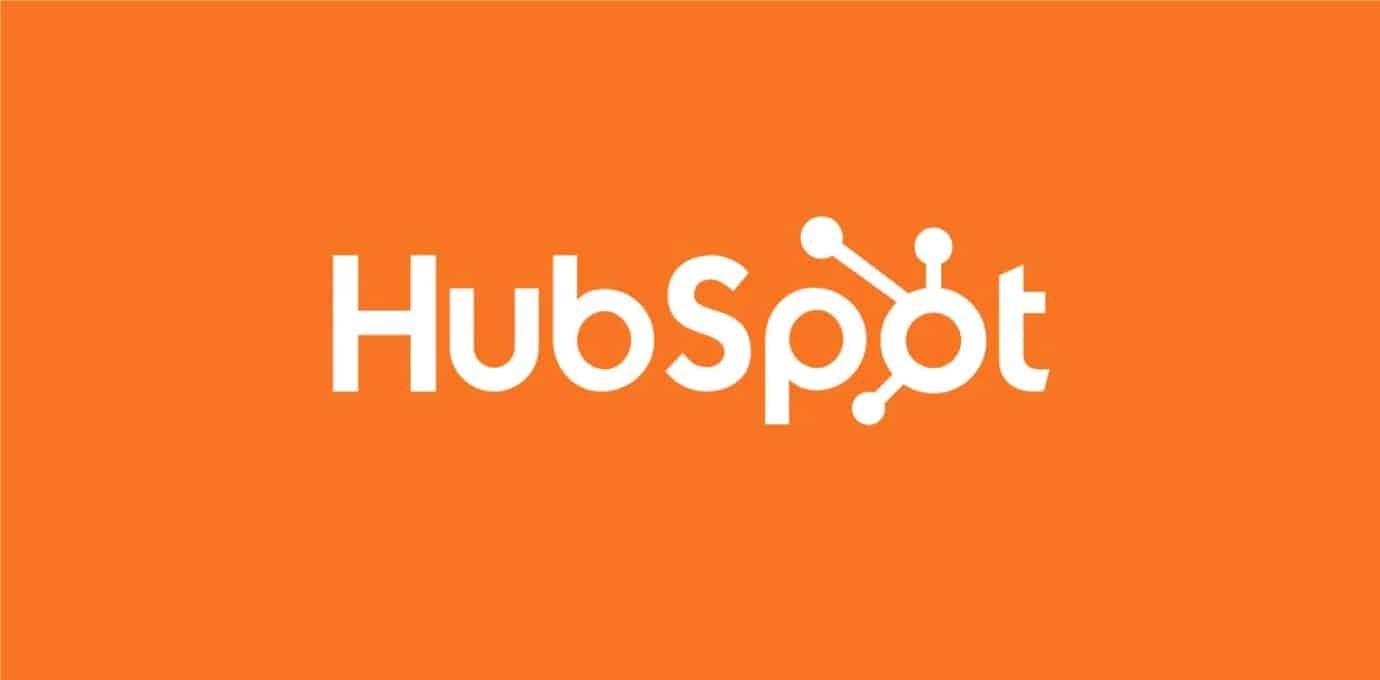Here’s how businesses often approach their marketing:
- Chuck money at a lot of ad space
- Wait for the sales to come in
It’s not an inherently bad strategy, and the thinking behind it is pretty solid: if you see my brand enough times, you’ll be thinking of me first when it comes to making a purchase in my area.
And while this top of the mind approach works well for the Google’s, Volvo’s, and Pizza Hut’s, the further you go down the brand food chain it comes with two main problems: volume and budget.
Top of the mind awareness only works when an individual sees you a high number of times, making it a simple blanket strategy often reserved for the biggest of businesses with the even bigger bucks.
But that doesn’t mean small business marketing needs to tap out or work harder for less dollar—it just needs to be smarter.
A smaller budget calls for more focus on conversions to waste less time and resource. Instead of making big print ads the main part of the strategy, make the switch to more targeted—often digital—approach that drives potential customers through what’s known as a funnel. The funnel will plan out your customer journey and every touchpoint you’ll hit them with to convince them your solution is best option. It’s a long game that will see you taking advantage of PPC, email campaigns, blogs, landing pages, and free trials, but it’s much more strategic, and likely to end up with less spend per conversion.
The main prerequisite of this approach is of course knowing your customer. A solid foundation of research on your target will identify where they ‘hang out’ meaning you can target them directly to get them on that marketing funnel. Then when they’re in, know their problems at each stage of the buying journey to send out messages that really resonate with them and, most importantly, guide them effortlessly through to the next touchpoint. It helps to think of it as more of a conversation, or pull tactic, rather than haphazardly pushing at people who might not even be interested. Often, digital funnels only need to be set up once and then left alone to run automatically, complete with contingency plans to bring targets back in when they go quiet.
So while the big brand heavy weights may have the budget, it doesn’t mean you can’t compete. Instead, outsmart them with a customer led vision wrapped in a perfectly orchestrated (and more budget friendly) journey.


